#avantgarde architecture
Explore tagged Tumblr posts
Text

paolo soleri - a detailed proto-arcosanti hand drawing executed for arcology by soleri studios, 1968
#paolo soleri#architectural drawing#avantgarde architecture#arcosanti#utopianarchitecture#utopicarchitecture
1 note
·
View note
Text


House of Technical Studies, by Alexandr Gegello and David Krichevsky (1932).
Saint Petersburg, Russia.
Sometimes historical photos help to understand how cutting-edge some architecture really was at the time, especially when compared to contemporary elements such as cars, as you can see in the second image.
© Roberto Conte (2021) Follow me on Instagram.
#architecture#architektur#architettura#architecturephotography#constructivism#costruttivismo#avantgarde
633 notes
·
View notes
Text
Hans Wittwer, Restaurant at Halle/Leipzig Airport, 1931

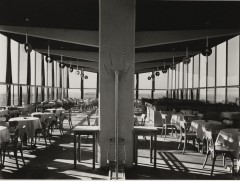
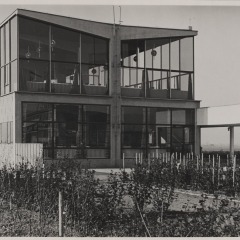


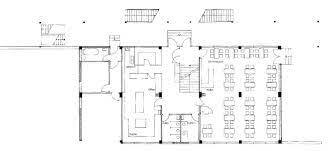
#art#avantgarde#architecture#constructivism#modernism#design#bauhaus#german art#hans wittwer#walter gropius#restaurant
160 notes
·
View notes
Text


Constructivist buildings in Moscow photographed by Aleksandr Rodchenko (1929).
Photo 1: the Narkomfin house Photo 2: the Moscow Planetarium
127 notes
·
View notes
Text



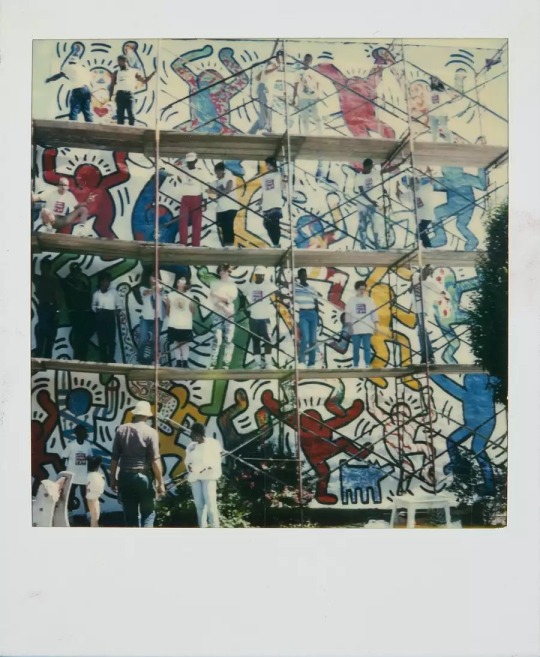
Polaroids and mural by Keith Haring, We the Youth, Philadelphia Mural, 1987.
#keith haring#art mural#murals#80s nostalgia#80s art#80s architecture#frank ocean#moodboard#photography#alex g#aphex twin#avantgarde#blonded#cinemetography#instatumblr#pinterest#golf le fleur#adidas sambas#wes anderson#art museum#artwork#kanye west#art niche#fashion design#musicindustry#skateboarding#studio a24#travis scott#virgil abloh#a24 films
121 notes
·
View notes
Text
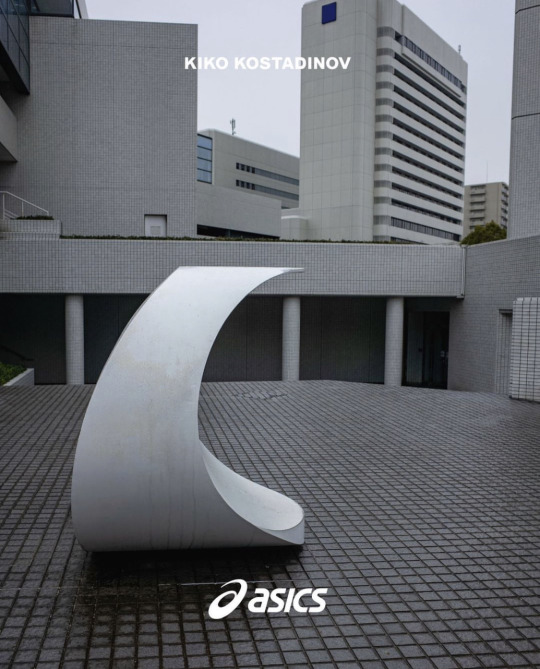
Kiko Kostadinov x Asics Ad
7 notes
·
View notes
Text


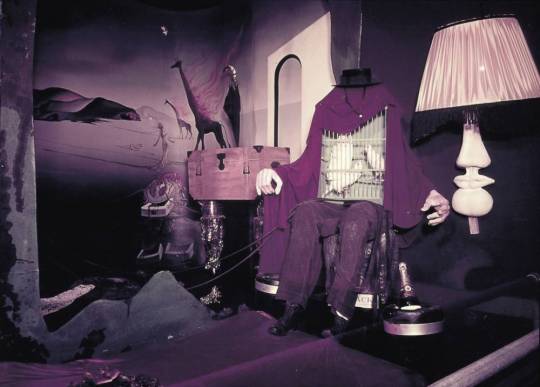
Salvador Dalí: Dream of Venus pavilion (1939)
#salvador dali#surrealism#art#surreal#art history#architecture#pavilion#avantgarde#dream of venus#venus#da vinci#botticelli#surrealist architecture#new york#new york world's fair#ian woodner#modern#modernism#installation#objects#dreams#exhibition#photography#20th century
7 notes
·
View notes
Text

THINKING ABOUT THE BOX
What compels an architect to draw, without a program or client or site, without any expectation that it will result in a building?
Richard Griswold (his drawing is here) explains that the work of the architect is "to imagine increasingly intricate visions of a future world." And I think this is just right. The architect's task is to imagine, he produces visions, and these are necessarily forward-looking. I've worked on many design and construction projects without a single animating idea and can testify that the results are lifeless, visible all around.
The architect's professional role has been broadened and muted so that it's now more one of coordinator than master. Even the smallest building requires an army of designers, vendors and consultants, and navigation through complex institutional protocol and code. Construction can take years and the process -- the translation of the vision into physical form -- is muddled by chance and economics. Even the most successful contemporary buildings can seem compromised, artifacts of financial and real estate forces rather than purposefully crafted objects. The vision might still be apparent, but only when the building is glimpsed from a specific angle at a specific time of day, or as a grace note in certain details.
More than ever we need from architects their visions, freed from client fantasies, known geometries, and conventional beauties. These visions -- gouache spilled across the sheet, charcoal streaks on newsprint, lines scratched with ink on mylar -- are fully realized, worlds in themselves. They nudge the profession forward. They assert what a building is clearly, right away, so that it can be carried all the way through.
(Untitled), watercolor on paper, Richard Griswold, 2024. Courtesy of Richard Griswold.
0 notes
Text

1 note
·
View note
Text

Architectural Masters Shaping Vienna's Narrative
In the heart of Vienna's architectural landscape lies a tapestry woven with the threads of innovation, irony, and eco-consciousness, spun by the hands of visionary masters who dared to challenge convention.
At the helm stands Gustav Peichl, a maestro of both structure and satire. His journey, intertwined with the Academy of Fine Arts Vienna, saw him sketching blueprints by day and caricatures by night, navigating the complexities of identity amidst the shadows of wartime occupation. Peichl's architectural legacy, epitomized by the EFA Radio Satellite Station, echoes his wit and wisdom, transcending mere mortar and steel.
Beside him strides Hans Hollein, a pioneer of postmodern architecture, whose canvas extended beyond mere buildings to encompass the very essence of urban landscapes. With his iconic aircraft carrier collage, Hollein redefined the boundaries of architectural expression, blurring the lines between industrial prowess and artistic vision. His legacy, etched in landmarks like the Haas House, continues to shape Vienna's skyline with audacious strokes of innovation.
Lebbeus Woods, an architect of the avant-garde, lends a philosophical hue to Vienna's architectural narrative. His visionary projects, steeped in the ethos of crisis and possibility, beckon us to reimagine the cityscape as a living, breathing entity, responsive to the ebbs and flows of human existence. Through Woods's lens, Vienna becomes a stage for architectural experimentation, where the boundaries of convention dissolve in the face of boundless imagination.
Friedensreich Hundertwasser, with his vibrant hues and organic forms, infuses Vienna's architecture with a touch of whimsy and eco-consciousness. From the iconic Hundertwasserhaus to the Spittelau waste incineration plant, his designs defy the straight line and embrace the vibrant pulse of nature, reminding us that beauty lies in harmony with the environment.
Yet amidst the cacophony of creativity, the city bears the weight of its past, embodied in the stark silhouette of Flak Towers. These concrete behemoths, relics of wartime fortifications, stand as monuments to resilience and remembrance, casting a shadow over Vienna's architectural landscape.
As Vienna stands on the precipice of transformation, these architectural luminaries converge to inspire dialogue and action. From Peichl's irony to Hollein's innovation, from Woods's philosophy to Hundertwasser's eclecticism, each voice adds a layer to the symphony of architectural enlightenment.
And so, as the Fabrication Gap symposium beckons, Vienna prepares to embrace the future with open arms, weaving together the threads of tradition and innovation to shape a collective vision of architectural excellence and sustainability. In this crucible of creativity, the city's narrative unfolds, a testament to the enduring spirit of architectural ingenuity and collective endeavour.
#ViennaArchitecture#ArchitecturalMasters#InnovationInDesign#ArtisticVision#EcoArchitecture#UrbanLandscape#ArchitecturalExperimentation#Postmodernism#AvantGarde#SustainableDesign#Remembrance#FabricationGap#ArchitecturalDialogue#BuildingTheFuture#ArchitecturalExcellence#sustainabilityinarchitecture#architecture#berlin#area#london#acme#chicago#puzzle#edwin lutyens#massimoscolari#oma
0 notes
Text
From Art Nouveau to the Bauhaus: How Home Interiors Looked in Popular Art Movements
#art#architecture#design#interior#home#home decoartion#interior decorating#home design#luxury home architects#luxury#home improvement#avantgarde#cozy#interior design
0 notes
Text




0222
#modern art#contemporary#contemporary art#Avantgarde#simplicity#minimalistic style#design#modern architecture#futuristic#cyberpunk
1 note
·
View note
Text

Rick Owens x Moncler genius FW23
1 note
·
View note
Text
Carl Fieger, Kornhaus - Dessau, 1929



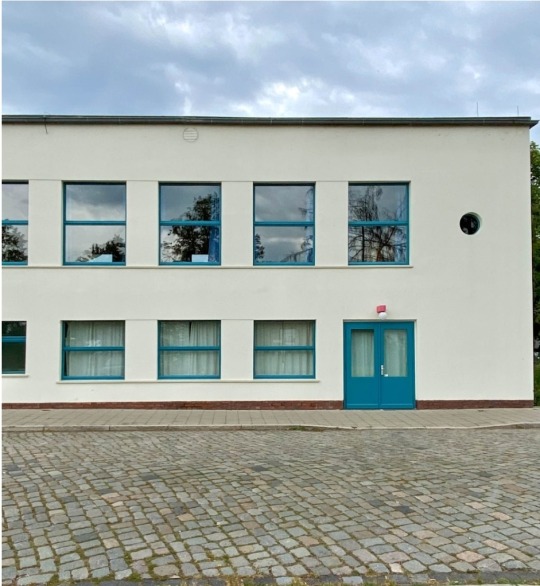
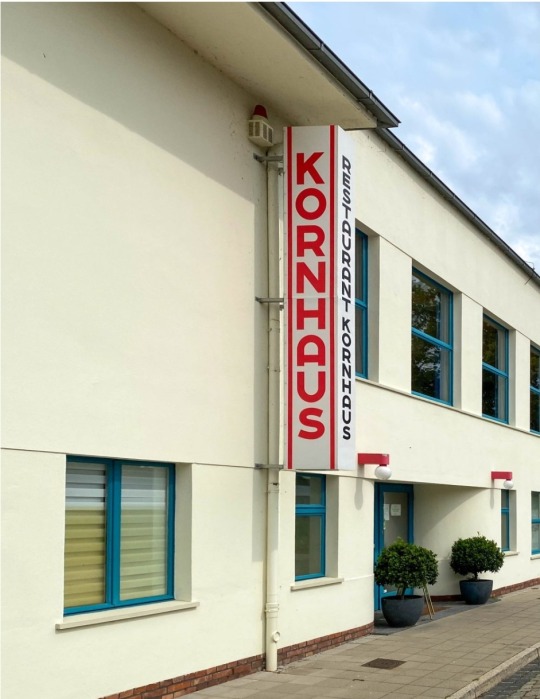
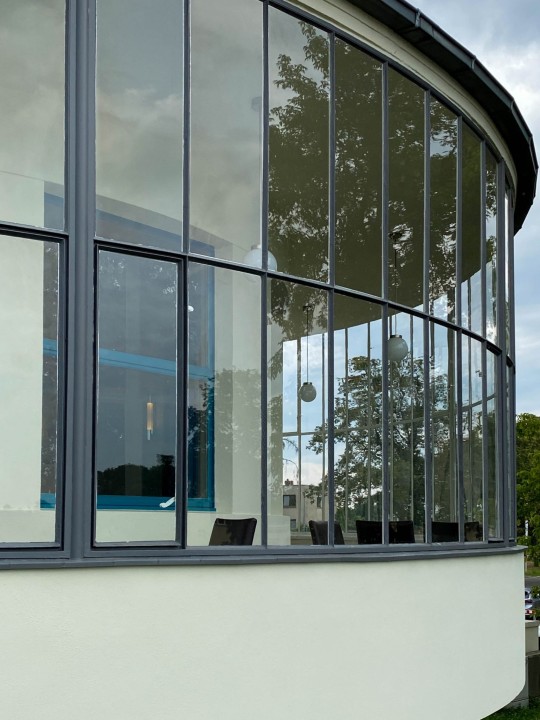

243 notes
·
View notes
Text
Мне очень нравится!

I love these two paper pads that I bought in Moscow Architecture Museum. Can't wait to use them for notes in your orders :)
On the left one is the Izvestia newspaper building in Moscow (1925-1927, architect Grigory Barkhin).


On the right one is the DalBank building in Khabarovsk (1928, architect Vladimir Vladimirov).


#soviet union#ussr#russia#avant garde#russian avant garde#avantgarde#russian avantgarde#constructivism#futurism#architecture
128 notes
·
View notes
Text

James Wallace Harris: Die Sonne Jäger XII: - Furuhjelm 46. Acrylic and acrylic marker on canvas 25.75" x 17.85" 1.22.2025 https://www.saatchiart.com/en-jp/art/Painting-Die-Sonne-Jager-XII-Furuhjelm-46/292357/12461127/view #spazio #kunst #konst #schilderij #maalaus #taide #painting #architecture #aerospace #weltraum #avantgarde #technology #рисование #그림 #絵画
3 notes
·
View notes